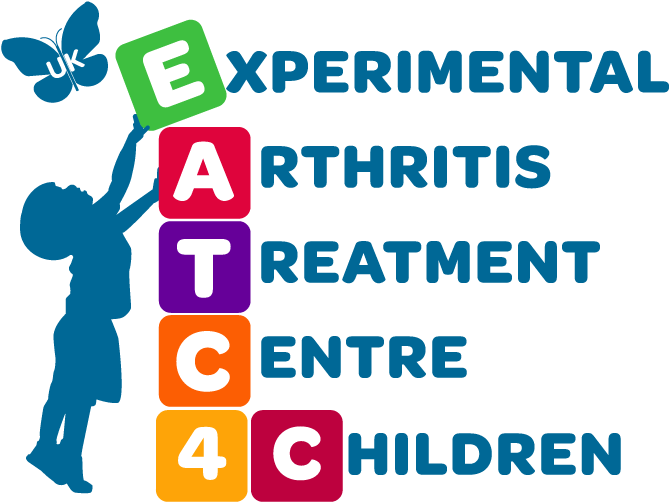| Funding Application Deadline | |||||
|---|---|---|---|---|---|
| F-9 | F-6 | F-3 | F-1 | F0 | |
PhD

|
|||||
Pre-PhD preparation

|
|||||
Funding applicationStart 9 months before funding application deadline and complete by funding application deadline A PhD can be funded in many different ways. The source of funding is a major determinant of the amount of money available. At the top end, a Wellcome/MRC/NIHR fellowship may be in the region £300k - £450k (compared with other funders who may cover your salary and limited lab/research expenses). Most sources of funding have an annual application deadline, with many falling in the Spring. For example, Wellcome Trust in 2018: Application deadline 29 March 2018, 17:00 BST. Decision July 2018.
Advice

Look at the details of the application process as soon as possible to see what information you need to provide. Print off the whole application form a year before application deadline and figure out when you will write each section, who will feedback on it and how you will decide when it’s ready for submission. Write each section individually and send off for feedback/comments as reasonable drafts are completed. Don’t wait to write the whole form and send off a daunting 150 page document. Get multiple people to review each section of the application. Topping up PhD funding is a time-consuming process so try to apply for enough funds to get you through to thesis and viva! Every funding application is funder-specific; even for the same funder, forms mutate from year to year, so make sure you are using the up-to-date version for your application. Speak to someone at the funder so you have a regular point of contact if you run into any problems. They are usually very willing to help. By now you should have a good overall idea of what you want to do. Now you need to break it down into a set of logical steps so that a reviewer can see how it will work in practice. If this is the first time you’ve done it, don’t be afraid to ask for help! It may be helpful to look at some successful previous applications to give you an idea of how to set things out, and the level of detail needed. Some funders provide the abstracts of previously successful applications on their website; your own institution should also be able to help. The application needs to be clear in terms of its purpose, aims and objectives. You need to be able to say what the impact will be - who will benefit and how will they benefit, and ideally within what timescale. Resources attached include a video on "how to write a good Fellowship application", and a suggested way of getting internal peer review through an "AIMs Committee" - if you institution doesn't have one, find out if they could set one up!
Resources
AIMs committee
Document
A way to get internal peer review of your "pitch" - i.e. the initial summary that whoever is assigned to present your proposal at the grant review committee will rely on to "sell"your idea
How to write a grant application
Document
A 2015 presentation by Prof. D. B. Dunger. It covers types of grant, the review panel, and the different parts of an application.
Practical Authorship
External link
https://blogs.bmj.com/adc/category/practical-authorship/ Weblink to ADC blog
Writing a Fellowship application
External link
https://www.youtube.com/watch?v=r7-bTfWsgRA Prof Ros Smyth presenting on How to write a good fellowship application |
|||||
Project outline


|
|||||
| Preliminary data | |||||
Impact statement

|
|||||
Data management plan

|
|||||
Collect collaborator contributions


|
|||||
Collect collaborator costings

|
|||||
Gantt chart


|
|||||
Costings


|
|||||
Collect collaborator letters of support

|
|||||
Justify resources

|
|||||
| Collect reference from Head of Department | |||||
Final application checks

|
|||||
Proofreading

|
|||||
| Internal review | |||||
| Costings / budgets | |||||
| University sign off | |||||
| Update CV and collaborators | |||||
| F-9 | F-6 | F-3 | F-1 | F0 | |


